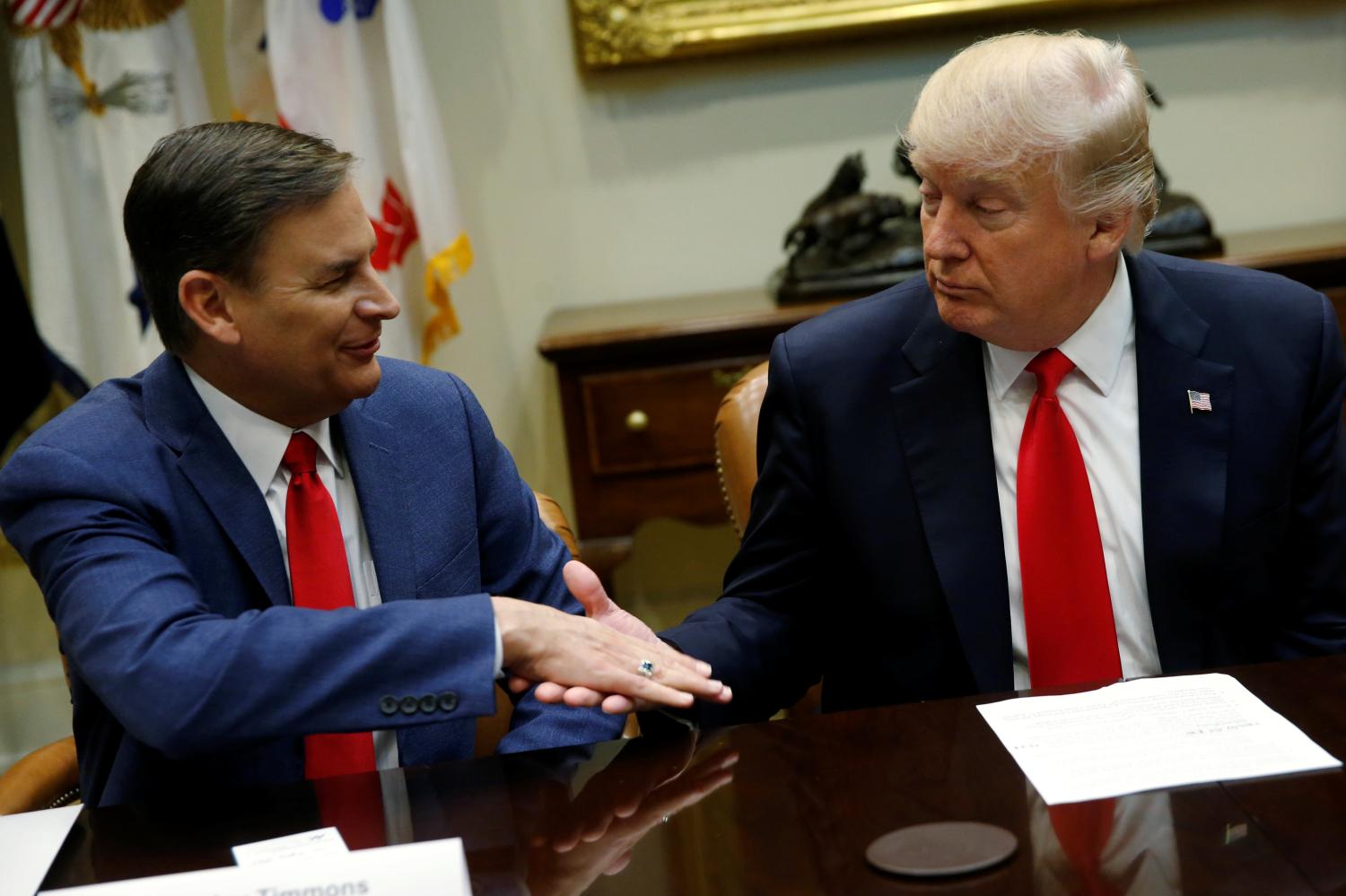The Challenge
Running out of money in retirement is the #1 financial fear, not just of seniors, but of all Americans. Half of those approaching retirement age have no pension and virtually no retirement savings. All they have to live on is Social Security – which they know is underfunded and have heard will go bankrupt. Those who do have retirement savings saw them drop by a third in 2008-2009; markets have recovered, but there’s still retirement Post Traumatic Stress Disorder.
What’s worse is the sense that Washington won’t do anything about it. Most people throw up their hands and say “I’ll just keep working” – even though many just cannot.
Our retirement systems are broken, but they can be fixed. If the next president broke the logjam by negotiating bipartisan reforms, it would restore faith in government and security to tens of millions of people who now worry about their “golden years”.
Our retirement systems are broken, but they can be fixed.
A New Deal for Secure Retirements
Preserve Social Security – and Improve It
A century ago, the people in America most likely to be poor were the elderly who could no longer work. Social Security changed that. To this day, it is by far the most important source of retirement income for most Americans. But this success comes with challenges, too. E.g.:
- As people live longer, current payroll taxes will not be enough to pay for all the benefits that have been promised; and
- For many, current benefits are insufficient: even with Social Security, they will become considerably poorer when they retire or their spouses die.
This has led to a tension between those who want to expand benefits, particularly for those who don’t have other retirement income, and those who don’t want higher Social Security (or other) taxes. In light of these differences, there are many who despair. Nonetheless, in the 1980s, a Republican White House and a Democratic Congress, working from the recommendations of an independent commission, negotiated changes that preserved Social Security for half a century.
Over the past two years, a bipartisan group organized (appropriately enough) by the Bipartisan Policy Center has wrestled with these challenges. After much debate and simulation modeling, they proposed that Social Security benefits be changed to provide a more reliable safety net and raise benefits for women and the working poor, by providing:
- A minimum benefit because, for many people, Social Security is all they have.
- Better treatment of surviving spouses, generally women, whose benefits were often cut drastically when their higher-earning spouse dies.
They have also proposed to change the benefit calculation and inflation measures in various ways, some of them that would be progressive and others not. They would, for example, continue the gradual increase in Social Security’s full retirement age and maximum benefit age, beginning in the next decade and increasing gradually over the next five decades.
At the same time, they proposed increasing the payroll tax rates for employers and employees by a total of 1 percent, increasing the income subject to those taxes, and taxing benefits fully for those earning more than $250,000.
The result of all these changes? Social Security would be fully funded for the next 75 years, perhaps longer, and would be a better safety net for more people than it is now.
Make Personal Retirement Savings Automatic & Safe
The other half of the equation is to increase private retirement savings. Here, too, current trends are worrying, but fixable.
A generation ago, Congress enacted the Employee Retirement Income Security Act (ERISA) on the assumption that employers would voluntarily offer traditional pensions and that the role of the federal government was to make sure employers funded them. The result was a disaster: Employers didn’t want to be responsible for making all the contributions and guaranteeing they’d be enough. Some employers, covering about half the working population, switched to a 401k where individuals made most of the contributions, were forced to make investment decisions, and had no guarantee of any level of retirement income. Most employers continue to offer nothing at all.
Some of my Brookings colleagues came up with a solution: Require employers to offer payroll retirement savings, but don’t require employers to contribute and don’t make them legally responsible for the funds. Instead, funds would be Individual Retirement Accounts (IRAs) operated by professional financial services firms under the watchful eyes of federal regulators. An individual employee would have the ability to opt out, to change the deduction rate, and change investments, but they wouldn’t have to do anything: without filing forms, they would be automatically enrolled, saving for retirement in professionally-run investments that will be converted to reliable income when they retire. These “auto-IRAs” are already being implemented in 5 states and have been endorsed by (some) Republicans and Democrats.
Riding the Third Rail
The conventional wisdom is that no changes are likely either in Social Security or private retirement because all such changes must be bipartisan and, in recent years, Democrats and Republicans have rarely agreed on anything. Social Security has been called the “third rail” of politics.
Social Security has been called the “third rail” of politics.
Nonetheless, recently Democrats and Republicans have engaged and made sensible joint proposals. There are few, if any, actions the next Administration and Congress could consider that would accomplish more to provide economic security for all Americans.
The Brookings Institution is committed to quality, independence, and impact.
We are supported by a diverse array of funders. In line with our values and policies, each Brookings publication represents the sole views of its author(s).





